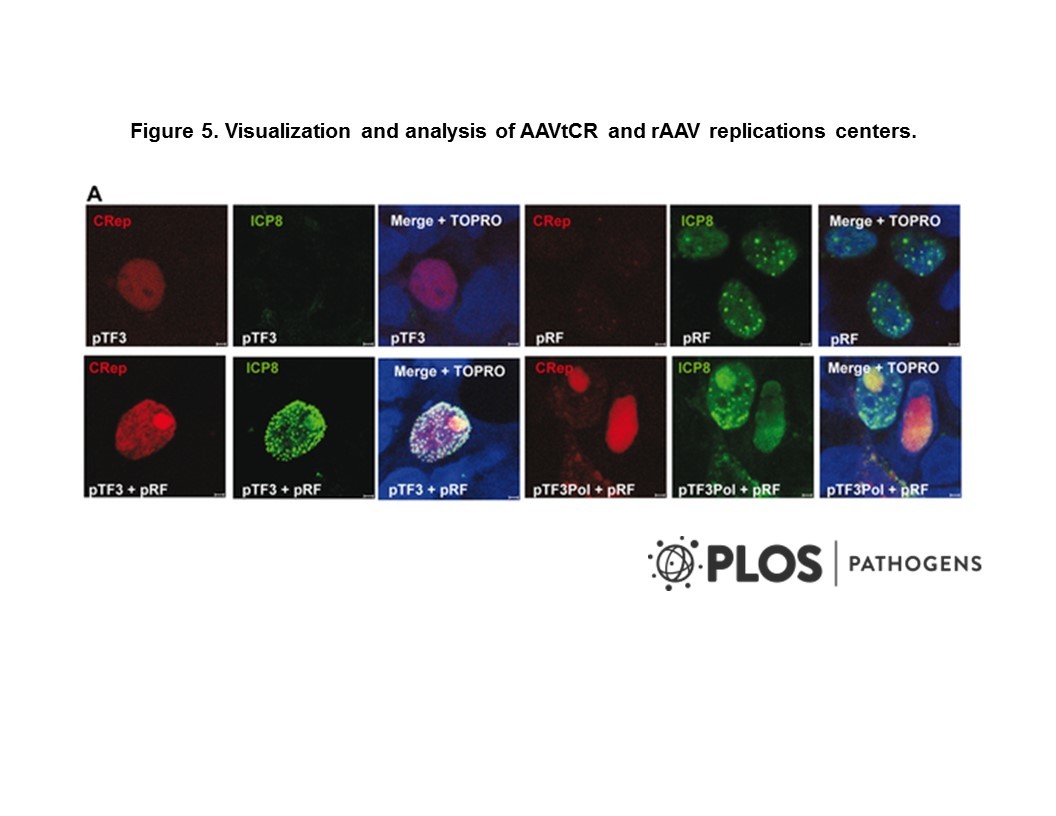
Cat. #151287
Anti-Epithelial [LH39]
Cat. #: 151287
Sub-type: Primary antibody
Unit size: 100 ug
Availability: 1-2 weeks
Target: Epithelial cell marker
Class: Monoclonal
Application: IHC ; IP ; WB
Reactivity: Primate
Host: Mouse
£300.00
This fee is applicable only for non-profit organisations. If you are a for-profit organisation or a researcher working on commercially-sponsored academic research, you will need to contact our licensing team for a commercial use license.
Contributor
Inventor: Irene Leigh
Institute: Queen Mary University of London
Tool Details
*FOR RESEARCH USE ONLY
- Name: Anti-Epithelial [LH39]
- Clone: LH39
- Tool sub type: Primary antibody
- Class: Monoclonal
- Conjugation: Unconjugated
- Molecular weight: 185 kDa
- Strain: Balb/c
- Reactivity: Primate
- Host: Mouse
- Application: IHC ; IP ; WB
- Description: LH39 is potentially useful in the study of benign and malignant human vascular disorders, diseases and tumours associated with angiogenesis, epithelial neoplasms, and conditions of tissue regeneration and repair, such as wound healing.
- Immunogen: Cells from a single cell suspension of epidermal cells (obtained from fresh human neonatal foreskin) were lysed in Nonidet P40 in phosphate buffered saline and the insoluble pellet was sonicated to prepare insoluble fractions.
- Isotype: IgG1
- Myeloma used: Sp2/0-Ag14
- Recommended controls: Cultured keratinocytes
Target Details
- Target: Epithelial cell marker
- Molecular weight: 185 kDa
- Tissue cell line specificity: Cultured keratinocytes
Applications
- Application: IHC ; IP ; WB
Handling
- Format: Liquid
- Concentration: 1 mg/ml
- Unit size: 100 ug
- Storage buffer: PBS with 0.02% azide
- Storage conditions: -15° C to -25° C
- Shipping conditions: Shipping at 4° C
References
- Giehl et al. 2004. Br J Dermatol. 150(4):722-7. PMID: 15099369.
- Alterations in the basement membrane zone in pili annulati hair follicles as demonstrated by electron microscopy and immunohistochemistry.
- Passalidou et al. 2003. Br J Cancer. 88(4):553-9. PMID: 12592369.
- Vascular patterns in reactive lymphoid tissue and in non-Hodgkin's lymphoma.
- Passalidou et al. 2002. Br J Cancer. 86(2):244-9. PMID: 11870514.
- Vascular phenotype in angiogenic and non-angiogenic lung non-small cell carcinomas.
- Kakolyris et al. 2001. Anticancer Res. 21(6B):4311-6. PMID: 11908685.
- Assessment of vascular maturation in lung and breast carcinomas using a novel basement membrane component, LH39.
- Kakolyris et al. 2000. Br J Cancer. 82(4):844-51. PMID: 10732757.
- Relationship of vascular maturation in breast cancer blood vessels to vascular density and metastasis, assessed by expression of a novel basement membrane component, LH39.
- Kakolyris et al. 1999. Cancer Res. 59(21):5602-7. PMID: 10554041.
- Assessment of vascular maturation in non-small cell lung cancer using a novel basement membrane component, LH39: correlation with p53 and angiogenic factor expression.
- Sinclair et al. 1994. Br J Dermatol. 131(4):499-505. PMID: 7524609.
- The basement membrane zone of the nail.
- McKay et al. 1994. Burns. 20 Suppl 1:S19-22. PMID: 8198736.
- Reconstruction of human skin from glycerol-preserved allodermis and cultured keratinocyte sheets.
- Almeida et al. 1992. J Pathol. 166(3):243-53. PMID: 1517880.
- Almeida et al. 1992. J Pathol. 166(3):243-53. PMID: 1517880.
- A novel lamina lucida component of epithelial and endothelial basement membranes detected by LH39 monoclonal antibody.




